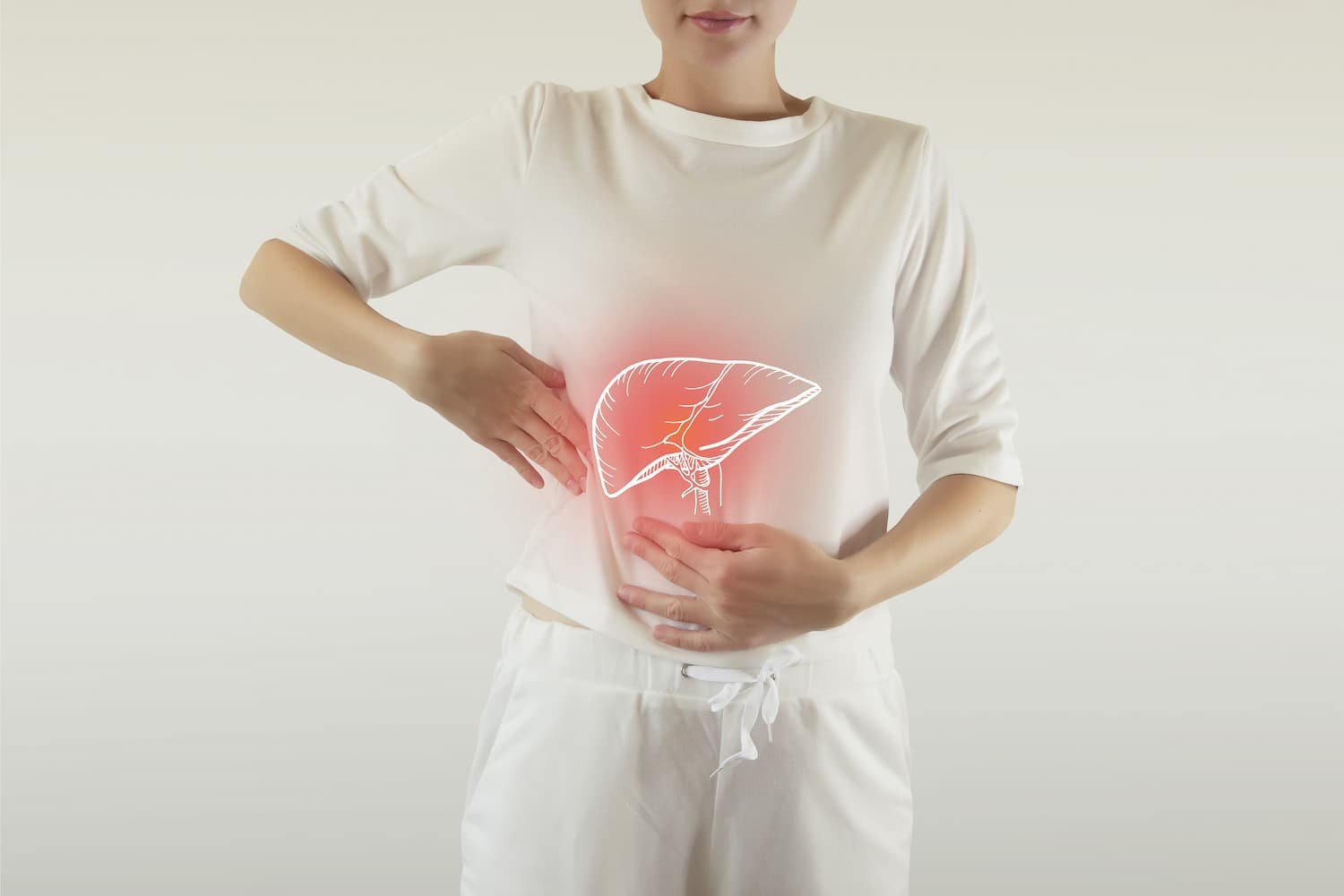
What Are Liver Cysts? Symptoms, Causes And Treatments
There are many misconceptions about liver cysts because they are often misunderstood. In this blog, we will run through what liver cysts are, their symptoms and treatment.
What are liver cysts?
A Liver cyst is a common benign growth that occurs in the liver. They do not typically interfere with the liver’s function or present any symptoms.
Some people may develop polycystic liver disease, or PLD, which is when multiple cysts grow on the liver. Some incidents of PLD can be severe, causing bleeding on the liver and intense pain even after treatment. This may even begin to affect liver function.
Treatment depends on the type and size of cyst but may include observation with follow-up imaging in three months to one year.
What causes liver cysts?
The exact cause of cystic growths on the liver is not fully understood by medical professionals, but they are believed to be the result of a malformation in the bile ducts. Some people have liver cysts from birth, or they may randomly develop later in life.
Polycystic liver disease is believed to be genetic but it can appear with no risk factors. In some cases, liver cysts may occur because of the parasite echinococcus, which comes from cattle and sheep. This causes cysts in many different parts of the body including the liver and can arise from ingesting contaminated food.
Liver cyst symptoms
Many liver cysts go undiagnosed because they do not present any symptoms. They are often small and insignificant enough to have no effect on liver function at all.
Although symptoms are not always present, they can include:
- Pain
- Nausea
- Vomiting
- Fever
- Jaundice
Your liver cyst symptoms will depend on its size and location. Generally speaking, larger cysts may cause more discomfort than smaller ones. Some cysts can even grow to be big enough to feel from the outside of the stomach. More intense pain can occur if the cyst begins to bleed.
In addition to these symptoms, you might notice that your abdomen feels tight when you take a deep breath or feel it bulging slightly under your skin when pressed gently between two fingers (this is known as “palpate”).
Live cyst treatment
Because they often go undiagnosed, many people with liver cysts can go without treatment. The treatment for liver cysts depends on the type of cyst, how large it is and how many a patient has. If a cyst is present, your doctor may surgically drain the fluid from the cyst or remove the entire cyst if it’s causing problems, and this can often be carried out with keyhole (laparoscopic) surgery. They may also take blood samples to check for parasites.
This procedure has a low rate of complications, but there is always a small chance that some damage will occur during surgery due to bleeding or other risks associated with any major operation.
For serious cases of PLD where another treatment has failed, or where liver cancer has been diagnosed, a liver transplant may be recommended.
Other types of liver cysts (e.g. hydatid infection) may be treated with medication to shrink them so they disappear over time.
Other treatments include:
- Percutaneous aspiration — a technique that inserts a needle through a tiny hole incision in the skin to help drain any fluid
- Cyst fenestration — this type of surgery helps to get rid of large cysts by eradicating the cyst’s wall
Get in touch
When you’re living with liver cysts, it can be hard to know what to do next. But remember that there is help out there. Your doctor will be able to offer advice on how best to manage your condition—and most importantly, they’ll be able to tell you how much longer they expect it will take before things start improving.
If you suffer from liver cysts or any of the symptoms mentioned above, please get in touch with Birmingham HPB Clinic, who will be able to provide an accurate diagnosis and offer a range of effective treatments. Book an appointment today or call us on 07508747723.
